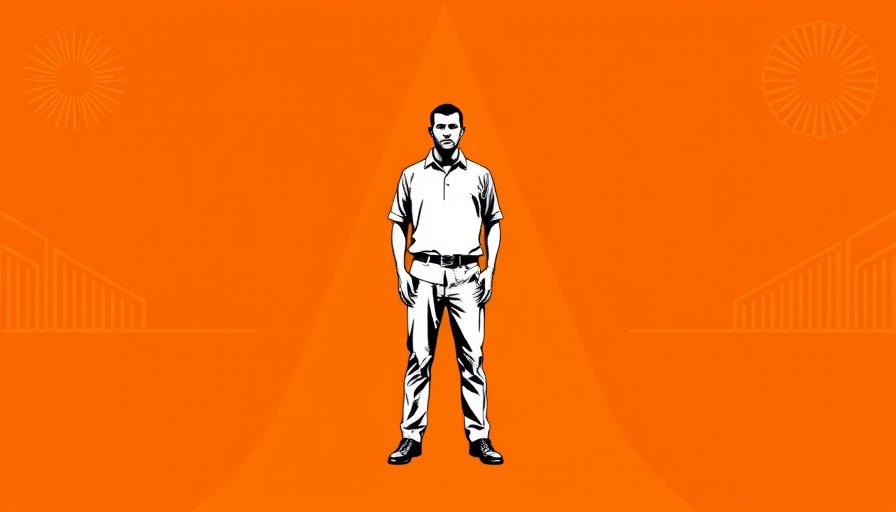
The Dawn of AGI: Reshaping Our Future
In a recent interview, Sam Altman, CEO of OpenAI, laid out an ambitious vision for the future of artificial intelligence, especially in relation to Artificial General Intelligence (AGI). The idea of AGI has long been met with skepticism, yet Altman’s conviction resonates with those innovators dedicated to exploring the profound potential of AI technology. He emphasized how it’s the best era in history to launch new tech ventures, given the rapid advancements and opportunities in the field.
In 'Sam Altman: The Future of OpenAI, ChatGPT's Origins, and Building AI Hardware,' the discussion dives into the visionary landscape of AI, exploring key insights that sparked deeper analysis on our end.
From Humble Beginnings to Technological Revolution
Reflecting on OpenAI’s inception, Altman shared that the original team faced immense doubts. Initially, they were just eight individuals brainstorming ideas around a simple conference table. Notably, they were entering a domain where 'most' presumed success was improbable, which underscores a critical lesson for budding tech entrepreneurs: the most revolutionary ideas often stem from inconceivable beginnings. In fact, Altman noted that many of the most impactful companies didn’t start with grandeur but rather progressed through determination and a focus on small, achievable goals.
The High Stakes of AI Development
As AI continues to evolve, the stakes grow higher. Altman suggested that the technology corresponding to our current models - like GPT-3 - has only scratched the surface of what is attainable. He highlights the concept of a 'product overhang' where the capabilities of AI outpace the application of these models in real-world scenarios. This disconnect presents not just challenges but also immense opportunities for startups willing to innovate. He encourages entrepreneurs to build within this evolving framework, assigning significant value to original ideas that transcend the competition.
Thinking Beyond ChatGPT
One compelling insight from Altman is the notion that many aspiring developers are focused on replicating existing successful AI applications, like ChatGPT, instead of venturing into uncharted territories of innovation. Altman clarifies that OpenAI desires to serve as a platform for others to create impactful solutions rather than to be synonymous with any one product. Thus, he advises young innovators to resist the temptation of crowding into saturated markets and instead explore unique and untapped niches.
The Role of AI in Everyday Life
Altman’s vision extends to the integration of AI into daily life through advancements in memory and interactivity, envisioning a world where AI operates as a personal assistant, seamlessly integrating into various aspects of an individual's routine. In addition to technology enhancing workplace productivity, the potential for creating a human-like companion powered by AI poses exciting possibilities for personal engagement.
Empowering Future Generations
The direction Altman suggests makes it clear that the advancements achieved today are merely stepping stones toward a future where individuals or small teams can accomplish unprecedented feats using AI. This empowerment, he argues, is critical for enhancing societal capabilities and addressing complex challenges across sectors. The long-term implication is that AI could drastically reshape industries, heighten productivity, and improve quality of life.
Challenges AI Must Overcome
However, the journey is not without obstacles. Altman addresses the persistent skepticism surrounding AI technology, particularly in regard to its reliability and accuracy. For AI to transform sectors effectively and earn public trust, developers must focus on building models that minimize errors and enhance clarity in communication.
Conclusion: A Call for New Beginnings
Sam Altman's insights are both enlightening and aspirational, challenging us to reconsider our perceptions of technology's role in society. The opportunities for innovation are vast, but they require pushing beyond safe boundaries and embracing the unknown. This is the moment for aspiring technologists and entrepreneurs to harness their ambitions. The future is ripe with potential, and it is upon us to seize it.
 Add Row
Add Row  Add
Add 




Write A Comment